Nutritional value of buckwheat and key points of planting techniques
How is buckwheat grown? In fact, many of my friends don't know much about the concept and nutritional value of buckwheat, but don't worry about it. Here is a list of buckwheat nutritional value and planting techniques. The color of buckwheat seeds is mainly white and black. Hong, etc., the United Nations will also declare 2013 as the international buckwheat year, showing that the market share of quinoa is still very heavy.
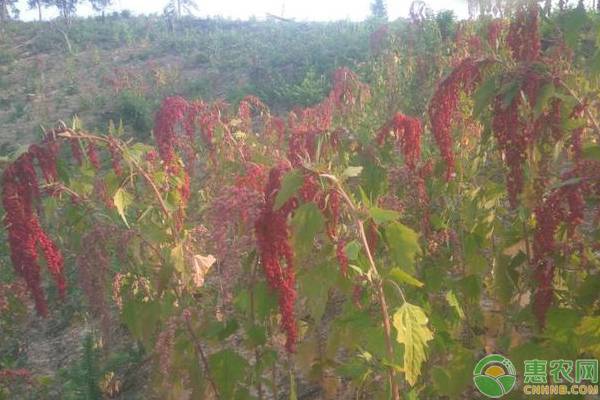
1 Characteristics, nutritional value and economic benefits of buckwheat
1.1 Features
Buckwheat is a broom-like plant that is usually divided into three colors: purple, green and red. At the same time, buckwheat is also a self-pollinating plant, its pollination rate can reach 12%, the fruit is thin and long, and the diameter of the fruit is usually maintained between 1.5~2.0mm. In order to adapt to different geographical conditions, the varieties produced from buckwheat variation are also very rich, and the characteristics of different varieties are similar, with cold-resistant and frost-resistant characteristics, so their cultivation is rarely restricted by factors such as region and temperature.
1.2 Nutritional value
Quinoa has a very high nutritional value. It is an alkaline plant that promotes acid-base balance in the human body. Buckwheat itself is rich in nutrients such as vitamin B, vitamin E, linolenic acid, DHA, etc. These nutrients have functions such as anti-oxidation, anti-cancer and prevention of heart disease, and are rare in natural plants. Plant variety.
Quinoa contains high levels of protein and cellulose and includes the nine amino acids required by the body, which makes it different from other coarse grains and better absorbed. Minerals play an important role in human metabolism. People need to ingest a certain amount of mineral elements, and calcium, magnesium and potassium in buckwheat can be absorbed by the body, promoting the balance of various functions of the human body, and finally achieving enhancement. The effect of immunity.
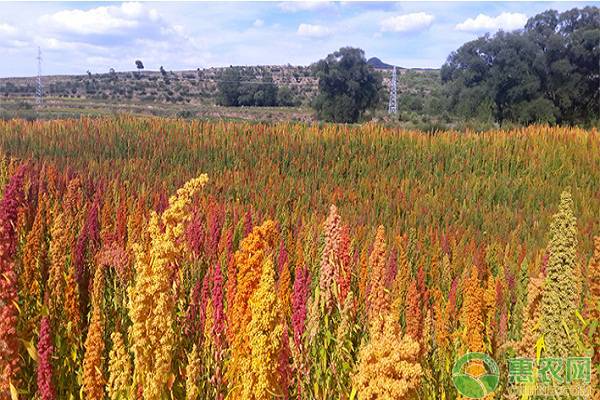
1.3 Economic benefits
The nutritional value of buckwheat is abundant. Therefore, the demand in the market has been large in recent years. Most countries have carried out research work such as buckwheat cultivation and achieved certain results. Compared with European countries, the demand for quinoa in the Asian region is even greater, especially in South Korea, Taiwan, and Singapore. However, due to the harsh climate of the country of origin, there is often a shortage of supply. The international market has set the price of quinoa to US$12/kg, which shows that the economic value of quinoa is high.
Judging from the current market development, the cost of quinoa is not high, but the economic benefits it can produce are very considerable. To this end, a large number of farmers in China have begun to invest and grow buckwheat, which is also a fortune. A new way to get rich.
2 Buckwheat planting technology
2.1 Planting conditions
Typically, buckwheat is grown between 90 and 220 days and ensures a rainfall of more than 300 mm.
2.2 Fertilization management
For the cultivation of buckwheat, it is best to use the farmyard manure in previous years. If the fertility cannot be completely released, it can also be applied with high N and P fertilizers to ensure that the fertility can be completely absorbed by the soil and the best effect has been achieved. When the seed preparation, mechanical equipment, etc. are ready, it is necessary to select the appropriate weather for sowing. Generally, after the rain, the seedling structure is complete, and the row spacing is controlled between 40~50cm. In order to prevent further spread of pests and diseases and sufficient nutrients in crops, growers need to carry out weeding work on a regular basis. When the number of weeds is too much, we need to carry out 2 or more weeding activities. Make sure the weeds are completely removed.
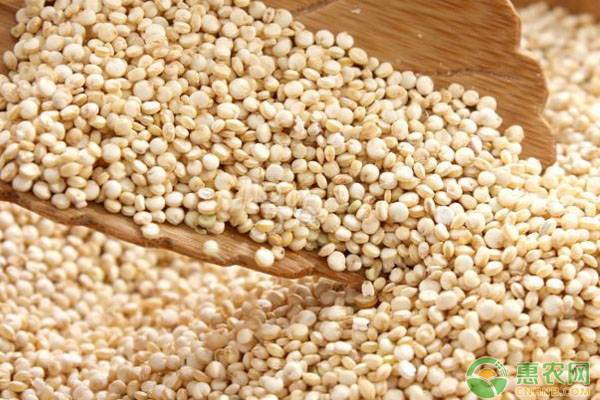
2.3 Pest Management
The introduction of buckwheat into China is relatively short. Although no pests and diseases are found at present, growers should not be taken lightly. The common pests and diseases of buckwheat in China have stunting disease at the seedling stage. This disease is usually only caused by buckwheat, so it is special. The common pesticide can not achieve the therapeutic effect. In order to avoid this pest, the grower should Seeds are purchased from regular manufacturers, and the seeds are finely treated before sowing, and the coating of the seeds is removed to prevent the buckwheat from being further damaged by pests and diseases.
The pests and diseases of buckwheat are mainly divided into two kinds of underground pests and semi-subterranean pests. Buckwheat is usually planted in the early spring period. This is a dormant period of insects, which is not enough to cause damage to the buds of buckwheat, in order to prevent further pests and diseases. For dissemination, pests and diseases should be further processed and chemically treated. The goose down chafer is a semi-subterranean pest. It belongs to the nocturnal insects. Each time it chooses to move in groups, it gathers in the field of buckwheat, and eventually the seedlings are foraged. For semi-subterranean pests, chemical treatment should be adopted to spray trees and grasslands to prevent further spread of pests and diseases. Plant leaves and wheat ears are important areas where pests are harmful. In addition, indigo is also one of the early buckwheat pests and diseases. After the buckwheat enters the growing season, indigo also enters the mating season. At this time, indigo requires a large amount of buckwheat leaves to ensure its own nutrition. Sufficient, it is necessary to remove the indigo by artificial elimination to ensure the safe growth of buckwheat.
2.4 Harvest
When the leaves of buckwheat turn red and the leaves are fading, they can be harvested. It can be harvested manually or mechanically. After the harvest is completed, the harvested buckwheat is also required to be beaten and crushed, placed in the sun for drying, and then placed in a cool, ventilated warehouse for storage.
Buckwheat has high nutritional value, good economic benefits, and is not easily interfered by pests and diseases. The development prospects in China are very good. China should strengthen its emphasis on buckwheat cultivation and adopt scientific cultivation methods to carry out deep processing of buckwheat. In order to obtain greater economic benefits.
For the wonderful pictures and popular comments on buckwheat planting techniques, you may be interested in the following recommended contents. Welcome to read.
Light Color Pieces Walnuts Kernels
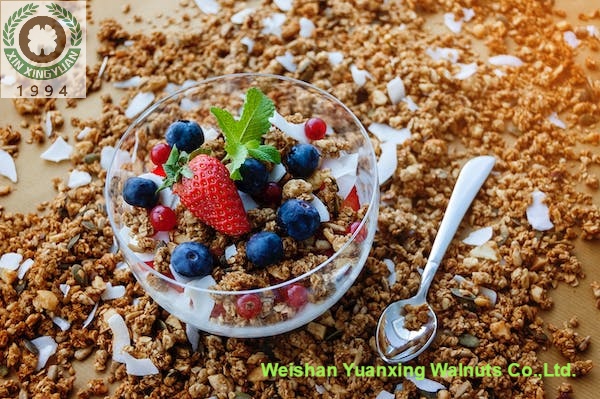
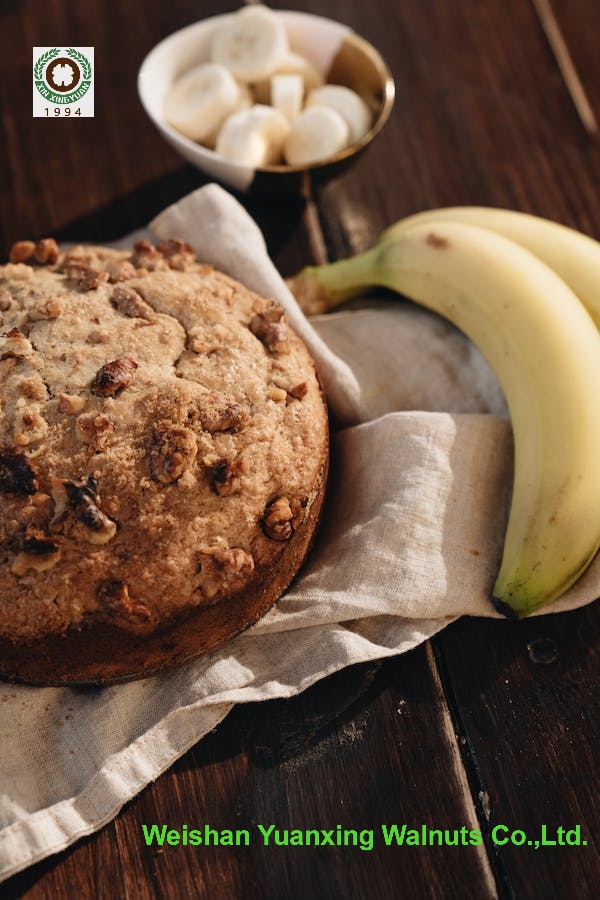
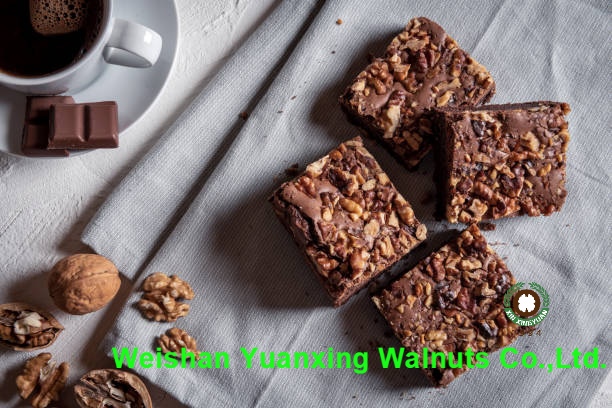
Light Color Pieces Walnuts Kernels,Walnut Kernels Light Quarters,Natural Walnut Kernels Light Amber,Walnut Kernels Light Amber
Weishan Yuanxing Walnuts Co.,Ltd. , https://www.walnutsxxy.com